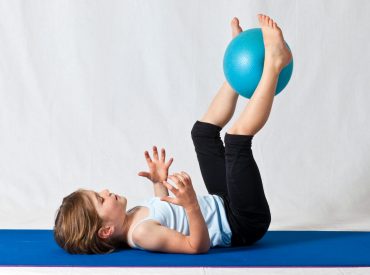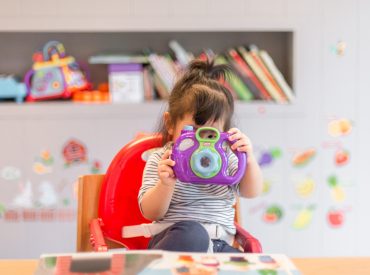There are a number of ways in which occupational therapy (OT) benefits autistic children. Occupational therapists work is to promote, maintain, and develop the skills needed by children to be functional in a school setting and beyond. Active participation in life promotes:
- learning
- self-esteem
- self-confidence
- independence
- social interaction. 犀利士 >
Occupational therapists use a holistic approach in planning programmes. They take into account the physical, social, emotional, sensory and cognitive abilities and needs of children.
Children who have autism spectrum disorder (ASD) often have trouble communicating and interacting with other people. Their interests, activities, and play skills may be limited. Occupational therapy may help people with autism develop these skills at home and in school.
The aim is to maintain, improve, or introduce skills that allow an individual to participate as independently as possible in meaningful life activities. Coping skills, fine motor skills, play skills, self care skills, and socialization are all targeted areas to be addressed.
Through occupational therapy methods, a person with autism can be aided both at home and within t犀利士 he school setting by teaching activities必利勁 including dressing, feeding, toilet training, grooming, social skills, fine motor and visual skills that assist in writing and scissor use, gross motor coordination to help the individual ride a bike or walk properly, and visual perceptual skills needed for reading and writing. Occupational therapy is usually part of a collaborative effort of medical and educational professionals, as well as parents and other family members.
Occupational therapy and evaluation of ASD
The therapist observes children to see if they can do tasks they are expected to do at their ages. In this way Occupational Therapists can better assess the kind of care the child needs. The therapist might note any of the following:
- Attention defecit
- Transition to new activities
- Play skills
- Need for personal space
- Responses to touch
- Motor skills such as posture, balance, or manipulation of small objects
- Aggression or other types of behaviors
- Interactions between the child and caregivers
Intervention
Once an occupational therapist has gathered information, they can develop a program for the child. There is no single ideal treatment program. But early, structured, individualized care has been shown to work best.
Since people with autism often lack some of the basic social and personal skills required for
independent living, occupational therapists have developed techniques for working on all of these needs. They assist their clients in engaging in meaningful and purposeful daily tasks. For many occupational therapists, helping their clients perform ADLs (Activities of Daily Living) are the main important steps of their services.
Therapy may combine a variety of strategies. These can help children respond better to their environment. These OT strategies include:
- Provide interventions to help a child appropriately respond to information coming through the senses. Intervention may include swinging, brushing, playing in a ball pit and other activities aimed at helping a child better manage his body in space.
- Facilitate play activities that instruct as well as aid a child in interacting and communicating with others. For the OT specializing in autism, this can translate specifically into structured play therapies, which were developed to build intellectual and emotional skills as well as physical skills.
- Devise strategies to help the individual transition from one setting to another, from one person to another, and from one life phase to another. For a child with autism, this may involve soothing strategies for managing transition from home to school; for adults with autism it may involve vocational skills, cooking skills and more.
- Develop adaptive techniques and strategies to get around apparent disabilities (for example, teaching keyboarding when handwriting is simply impossible)
Connection between Occupational Therapy, Autism and noomee
noomee is a mobile application for children with autism spectrum disorders. It is designed and created by occupational therapists, with more than 12 years of experience in working with special needs children, who behold the problems from inside and understand its impact. The application is fully based on professional therapeutic methods. Based on occupational therapy intervention, noomee teaches and develops skills for everyday life by increasing children’s independence and quality of life.
Studies show that starting intensive intervention at an earlier stage can make the process faster and more effective. With noomee, everyone is able to become more self-dependent, confident and empowered. You can download noomee and get a special offer of using it for free till 1st of June.





